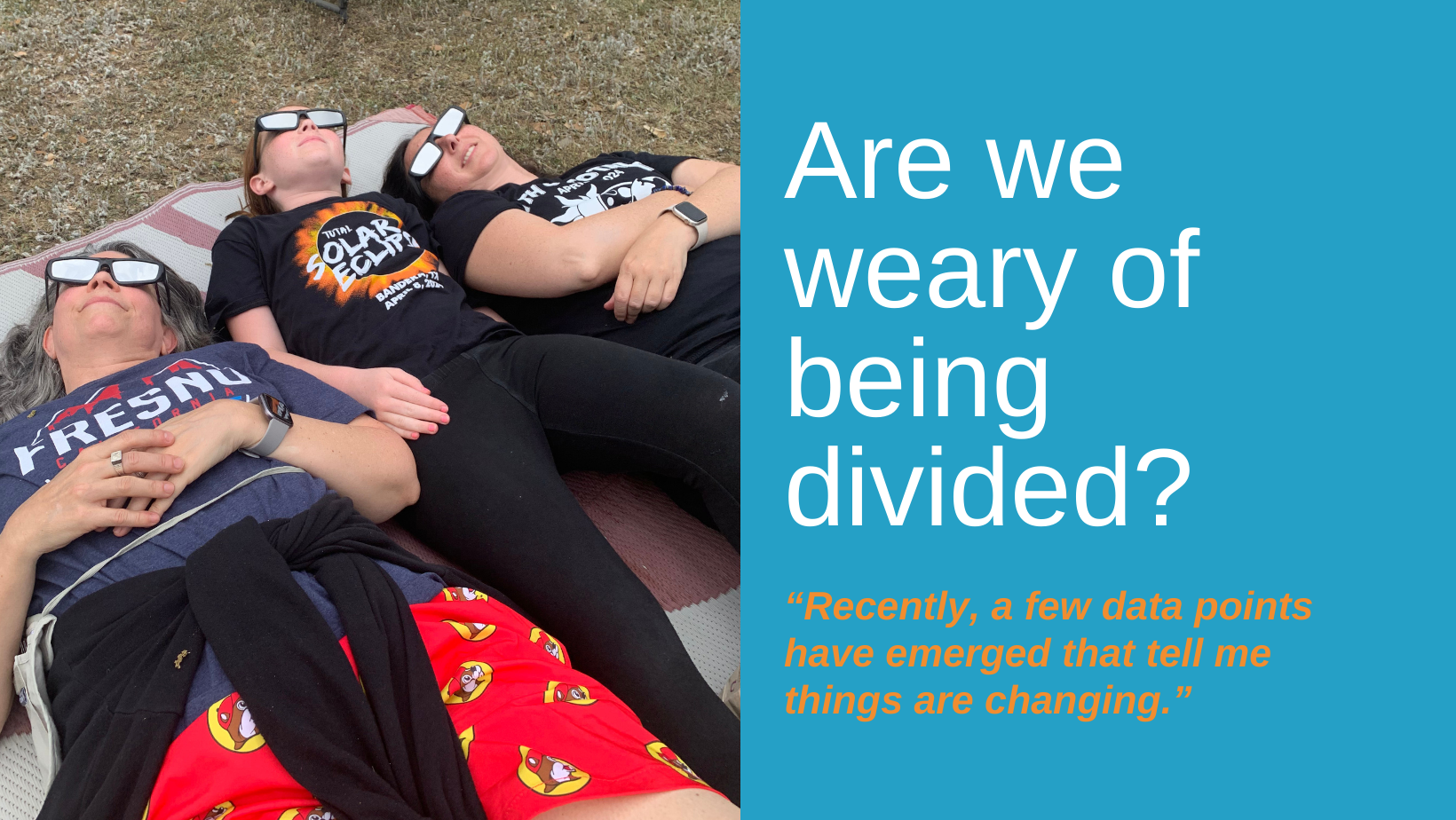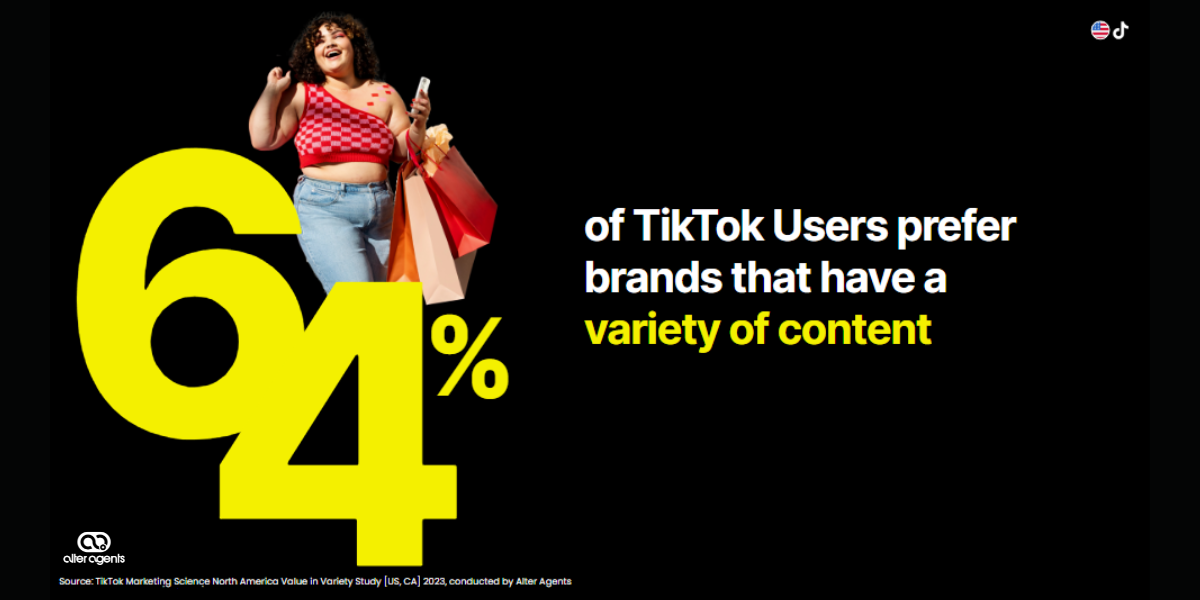
For Pandora, more ads to irritated users makes for a risky strategy
Pandora is taking a short-term gain at the risk of creating a long-term problem for themselves.
With its recent acquisition of Rdio, Pandora is angling to become to go-to destination for music streaming in a competitive space that now includes Apple (NASDAQ: AAPL) Music, Spotify, and Youtube Music.
“I couldn’t be more optimistic about Pandora’s future and the future of music,” said CEO Brian McAndrews of the acquisition.
Music streaming is a tough business, however – constrained by expensive licensing agreements, and relying on a combination of subscription fees and advertising revenue.
Although Oakland-based Pandora (NYSE: P) has reported some revenue gains – on an October earnings call, McAndrews pointed to a 30 percent increase year-over-year – across the web, attitudes toward Pandora advertising are markedly less positive.
“The ads on Pandora make me homicidal,” writes one listener in Texas, a common refrain across the social network. Others complain of increasing frequency – “3 ads in a row on Pandora should be illegal,” jokes another – and of poor delivery, with some users describing ads in languages they don’t speak, “creepy” ads late at night, inaccurate location-based targeting, and hyper-aggressive demographic targeting.
It’s true that Pandora has boosted ad frequency for its non-paying listeners. The company reported in July that it had increased its number of ads per hour from six to seven. “That means people are hearing ads about every nine minutes, or every two to three songs,” said Rebecca Brooks, founder of the market research firm Alter Agents. “Pandora is taking a short-term gain at the risk of creating a long-term problem for themselves.”
Thought Leadership Updates
Get updates in your email.






